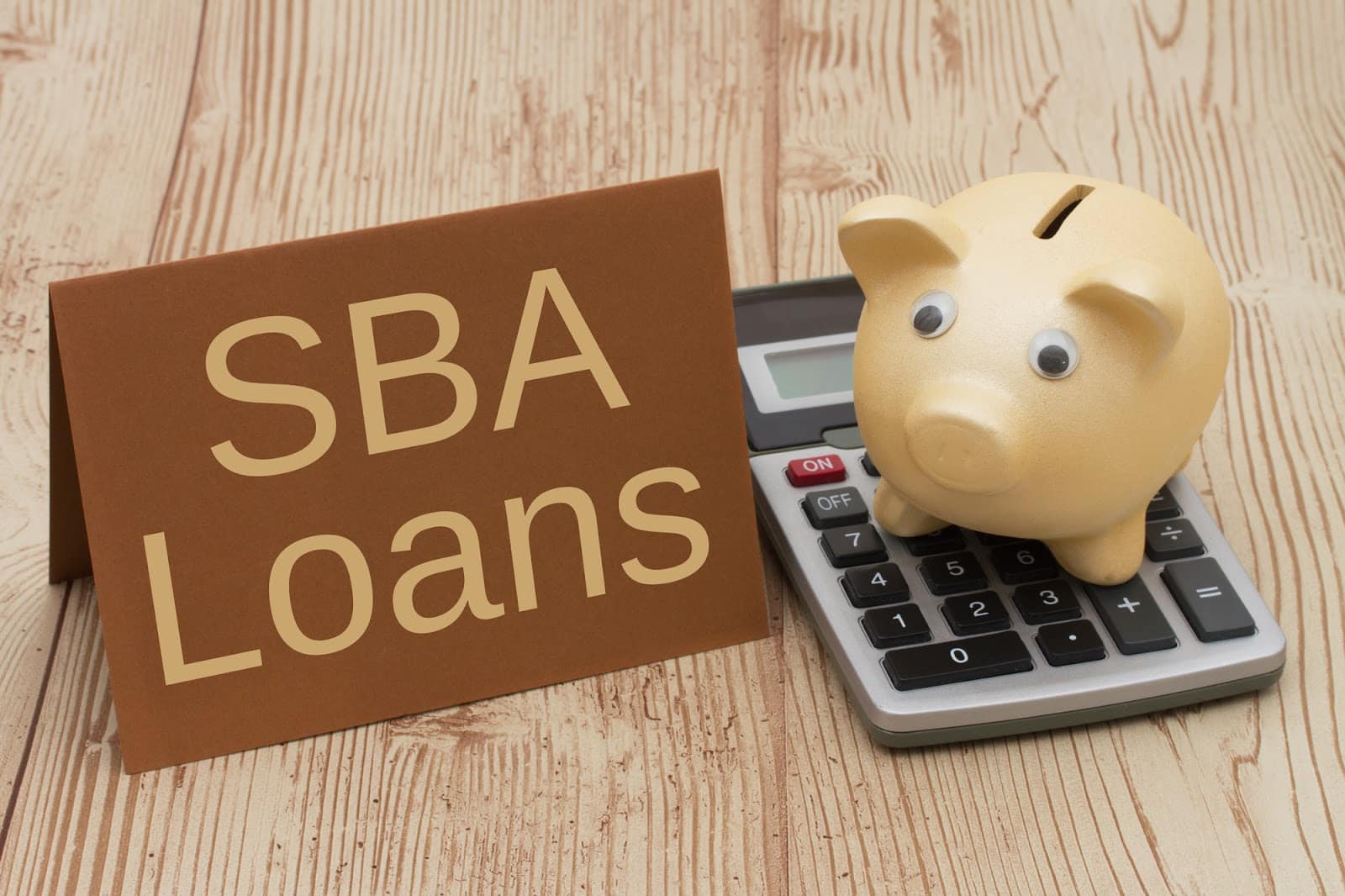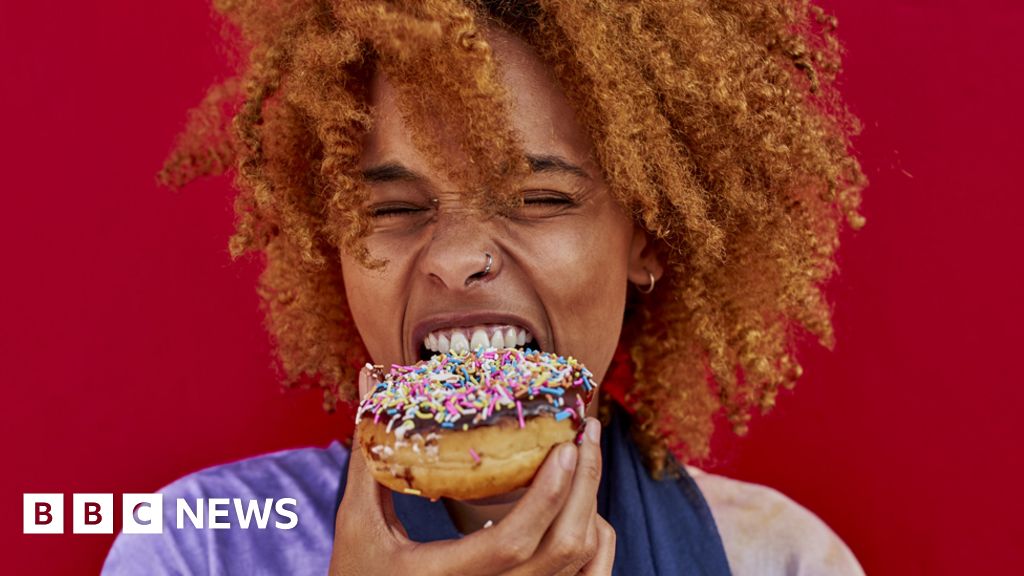Key SBA Lending Statistics
- SBA loan worth is estimated to be $633,000.
- Approximately 15% of the loans granted to SMEs go to the renovation and construction sector.
- Limited-service restaurants occupy the second spot, with 19,141 loan grants.
- 38% of the urban small businesses are granted the funding requested.
- Even though 13% of the population are Black-owned businesses, less than 2% have access to small business loans.
- Only 16% of the entire small business loans got to women-owned small businesses, regardless of the 30% of small businesses owned by women.
- 85% of small businesses that apply for merchant cash advances get approval.
- The chance that a small business will get all the funding they’re applying for is 20%.
- Fintech lenders apply many other ways to assess the creditworthiness of borrowers, such as Machine Learning.
General Small Business Loan Statistics 2024

1. Nearly One in Three Businesses Fail Because They Don’t Have Enough Capital, While 42% Fail Because Their Services or Products Aren’t Needed.
Small businesses fail due to numerous factors, such as lack of capital, maintaining an inadequate management team, a defective infrastructure, unsuccessful marketing initiatives, etc. Generally, the most common reason most businesses do not succeed is funding, that is, lack of capital. Statistics show that about 33% of businesses fail due to this. Another major reason that about 42% of startups fail is no market need. This happens when business owners assume a market fits their product, hire staff, and restrict the runway to a turnoff before running out of capital.
2. Less Than Half of Small Businesses can Access All the Funds they Need.
Not all businesses would have access to external funds or benefit from investments for many reasons. Meanwhile, most small businesses will likely obtain SBA loans to finance equipment, fixed assets, and other business needs. Statistics reveal that about 48% of small business founders can access all the business’s financial needs, and 43% have applied for a loan from a small business lender.
3. Small Business Loans are Typically Worth Approximately $633,000.
Are you a small business owner and looking for a loan? Certain loan institutions accompany lending options, eligibility requirements, and repayment terms. Different categories of small business loans are designed to help business owners with varying amounts depending on the type of business. Depending on the lender and type of loan, the loan amount is $633,000 across all banks in the US. This data is drawn from the Federal Reserve in 2017.
4. Conversely, the Average SBA Loan Amount is $417,316.
However, the average small business loan differs considerably depending on the type of loan and the lender a business owner chooses. Typically, an SBA’s average loan amount to small businesses is $417,316; the maximum is $5 million.
5. In One Form or Another, More Than Two-thirds of Small Businesses are in Debt.
Approximately 70% of small businesses in America have outstanding debt. In addition, two-thirds of businesses in debt have varying amounts of debt. About 17% of businesses owe between $1 and $25,000, and then about 21% are in debt between $25,000 and $100,000.
Small Business Loan Statistics by Industry

6. The Renovation and Construction Sector Receives About 15% of the Loans Granted to SMEs.
Historically, 15% of approved small business loans go to the renovation and construction industry, making it the highest holder of small business loans. An industry like this requires huge repairs, maintenance, and monetization loans.
7. The Trucking and Transportation Business Takes Second Place (Around 15%).
Like the construction and renovation industry, which has a 15% approved loan rate, the trucking and transportation industry has the second-highest loan proportion. This industry is no different from the construction and renovation sector, which needs loans to turn a profit and cover equipment, repairs, and general maintenance.
8. Full-service Restaurants Receive the Highest Volume of SBA Loans for Small Businesses, and the Total for 2019 was 28,680.
According to statistics, the full-service and limited-service restaurant businesses received $17.1 billion in combined loans. Full-service restaurants received the highest volume of loans, totalling 28,680 in 2019 alone.
9. Limited-service Restaurants Take the Second Position with 19,141 Loan Grants.
Limited-service restaurant businesses hold the second spot, with about 19,141 loans disbursed in 2019. Trailing closely behind is the dental industry, with about 10,699 loans amounting to $6 billion.
10. Not All Business Sectors are Eligible for SBA Loans.
Sadly, over ten potentially legal business sectors do not meet the eligibility requirement for small business loans. These include Gambling, Government-Owned, loan Packaging Firms, Nonprofit, MLM, Multi-Sales Distribution, Religious, Speculation-Based industries, and Real Estate Investment firms.
Small Business Loan Demographic Statistics

11. 51% of Rural Small Businesses are Much More Likely to Receive a Loan for All Requested Finances.
It is not surprising that the results of small businesses can vary from one region to another. Statistics reveal that about 17% of small businesses occur in rural areas. SBA loans are more likely to be granted to rural SMEs, with 51% obtaining all the funding required.
12. The Funding Requested is Granted to 38% of the Urban Small Businesses.
There is a huge disparity between businesses in rural and urban areas in the US, and so are the outcomes. Beyond the location of a small business, race, gender, and even class play a major role in a business’s outcome. According to statistical data, approximately 38% of urban businesses tend to receive the full amount of loans requested.
13. 62% of Small Businesses in Rural Areas Rely on Small Bank Loans to Finance their Activities.
Unsurprisingly, small banks account for 55% of the total banks in rural areas. Small businesses in these areas depend heavily on small rather than larger banks. According to statistics, about 62% of loan applications from rural small businesses go to small banks.
14. In Urban Areas, 53% of Small Businesses Require Loans from Larger Banks Compared to 43% of Smaller Ones.
Compared to the 55% of small banks in the rural areas, only one-quarter of small banks exist in the urban areas. Although almost more than half of the urban small businesses apply for loans in larger banks, about 43% apply to small banks.
15. Black-owned Businesses can Access Under 2% of Small Business Loans, Though 13% of the Population are Black Americans.
Statistical data reveals that Black American organizations account for 13% of the population. Although almost half of these black-owned businesses apply for small business financial loans, they receive only about 2% of the loans.
16. Black-owned Companies are Twice as Likely to be Denied a Loan.
Study reveals that black-owned businesses tend to be rejected loans even with 47% of financial loan applications approved. This is despite Black Americans accounting for 13% of the total population of business owners.
17. Less Than 47% of the Black-owned Companies’ Financing Applications are Approved.
According to data from the US Federal Reserve, more than half of black-owned companies were turned down for loans. Even though this greater number applied for loans, only about 47% of the loan applications were approved with full financing. Sadly, even with these black-owned businesses getting approval, not all the applications receive full funding. The failure rate is above 10%, the highest in all categories.
18. Even Though Women Own 30% of Small Businesses, They Only Receive 16% of Small Businesses.
Small businesses owned by women receive only 16% of small business loans, even though about 30% of small firms are owned by women. According to research, women face more stringent terms or may be rejected loans than their male counterparts.
Small Business Loan Application Statistics

19. Almost Half of SMEs have Applied for Loans from a Small Business Bank in the Last Twelve Months.
According to statistical facts, small businesses are less likely to obtain bank loans than large firms. This means that most small businesses get financial loans from small banks and other sources like internal funds, cash from friends and family, etc. About 40% of small and medium enterprises in most countries source financial loans from small banks.
20. The Highest Lending Approval Rates for Small Businesses are Found Among Institutional Lenders, Such as Insurance Companies and Pension Funds, at 66%.
Institutional lenders, such as pension funds and insurance companies, have been identified by Biz2Credit’s Small Business Lending Index. These lenders have the highest approval rate, around 66% of all financial institutional lenders.
21. Approval Will be Given to 85% of Small Businesses that Apply for Merchant Cash Advances.
Other institutions and lenders have varying loan approval rates for small businesses depending on the loan type. Lenders like the merchant cash advance offer the highest approval rate, 85%, of all small business loan types.
22. SBA and Line of Credit Loan Approval Rates are 52%.
Business Credit Line loans alone have an approval rate of 70%, while the SBA business loan approval rate is estimated at 52%. This percentage comprises those who apply without funds, those who receive approval, those with debt aversion, and those who are disheartened.
23. 9% of SMEs Receive no Capital Funding After Applying for a Loan.
According to statistics, 9% of small businesses apply for loans but receive no financing. Additionally, about 20% of small businesses who applied for business loans received all the funding they requested.
24. There’s a 20% Chance That a Small Business will Get all the Funding They Apply For.
Based on study data, 20% of small businesses will likely be granted all their financing needs. This is greater than the less than one-tenth who do not receive any capital funding.
25. Only Part of the Funding They Applied for is Granted to 14% of Small Businesses.
Obtaining loans is not enjoyable, but it’s sometimes inevitable for most businesses. It is common among smaller ones, and about 14% of small businesses get some of their financial loan needs met. Additional statistics reveal that, in total, approximately half of small businesses applied for loans in 2020.
Latest Small Business Lending Trends

26. The SBA Granted 14 Million Loans to Small Businesses in 2020, Totaling $764 Billion.
According to statistics, out of the $764 billion worth of loans granted in 2020, about $736 billion were attributed to COVID-19 relief loans. This means that 96% of all SBA loans disbursed in 2020 went to relieve the pandemic.
27. Fintech Lenders Use Other Ways to Assess the Creditworthiness of Borrowers, like Machine Learning.
Financial institutions evaluate the creditworthiness of potential borrowers in diverse ways. Some ways include considering their income and examining their borrowing and repayment history. Another method uses machine learning algorithms to analyze data from various sources and structures to create correct credit scores. With this, Fintech can determine credit risks, i.e., whether potential borrowers are eligible for loans, and make informed lending decisions.
28. Artificial Intelligence and Data Analysis are Sometimes Used to Assess Creditworthiness and Speed up the Application Process.
Aside from machine learning techniques, Fintechs uses big data analytics to promote credit scoring. Due to the importance of data in machine-based analysis, data relevance should be ensured in structural changes, indicator counterfeiting, and agency issues. Modern technology has enabled new business models to use AI and advanced data analysis techniques for big data as a promising solution. This enables better credit decisions, making them more effective by simplifying tasks.
29. Today, 88% of US Consumers Use Fintech Services.
A survey reveals that by the end of 2022, Fintech had become the central institution for a whopping 88% of Americans. Statistics show that from 2020 to 2021, US consumers who adopted Fintech solutions grew from 58% to 88%, indicating a 52% year-over-year (YoY) increase. Undoubtedly, Fintech has helped businesses in America reach goals, improved inclusivity, and contributed immensely to the overall financial well-being of consumers.
Final Words
Taking a business loan is often inevitable; without it, one-third of businesses fail due to a lack of capital. Taking business loans becomes the only viable option for most businesses to continue their operations. Many small businesses in America and beyond took loans after the global pandemic in 202 dealt them a huge blow. Sadly, while the processes are complex, not all small business loans are usually granted. Only about 48% of small businesses are granted all the funding they need; others only get part of it.
Some business sectors are denied loans because they do not meet eligibility criteria, industry type, poor credit score, etc. Those who get the funding face the challenges of paying high interest rates. Most lenders offer higher loan amounts, while some offer less, depending on the type of loan and the industry. The statistics above provide meaningful insights and trends on Small Business Administration (SBA) loans. They are more than just figures; they are ideas that would guide small business owners in making informed loan decisions.
Frequently Asked Questions
What are the criteria for SBA loan approval?
How successful is the SBA loan?
What makes some industries not eligible for SBA loans?
What kind of SBA loan is easily approved for?
What industries are granted the highest volume of SBA loans?
References




